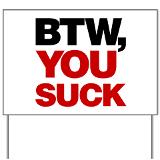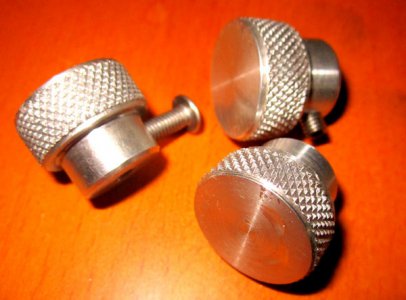Alas, years of working with the design control requirements of ISO 9000 companies have etched the process on my brain. In a large corporation there is benefit in reviewing and freezing a design fairly early in the process. There are usually a large number of people involved in the project and everyone has to be working towards a common goal. For the home shop, the benefit is less noticeable since it is usually a committee of one for the design review.
I have been working with CAD for some twenty years and find it easier to do my "sketching" with CAD. Prior to that, I had done all my sketching on paper. Paper works well for simpler projects but I have found that it can be a problem when trying to visualize how more complex assemblies go together.
An example comes to mind. Some twenty five years ago, I decided to make a new trailer for my boat. I had been pulling my boat home when a semi passed me on a divided highway, clipping the corner of the trailer in the process. The trailer started to fishtail and I came to a stop with the boat off the trailer, laying on its side on the shoulder and the trailer upside down with the tongue under my truck. I managed to get the trailer upright and winched the boat back on and limped home but decided that I needed a new trailer.
The idea was to add braking capability and to drop the axle to lower the center of gravity and decrease wind resistance. A description of the project is in post 72 in this thread.
http://www.hobby-machinist.com/threads/show-us-your-welding-projects.23505/page-3
The finished trailer is a piece of work that I am proud of to this day. It has nice lines, it's functional, with Surge disk brakes and the low rider profile, I barely know it's there. However, there is one flaw which I didn't discover until I began using it. I had dropped the axle too far. On a level road, there was no problem but pulling up a short incline as into a filling station, the rear end of the trailer dragged on the pavement. I was able to shorten the shackles and raise the bed about an inch but it really needed more.
The moral of the story: had I been using the CAD that I now use, I would have had a fully assembled model where I could have better foreseen the dragging issue and designed a 3 or 4 inch drop. Designing in CAD forces one to think in detail about the project which, IMO, better distills the idea and results in a better design. To be sure, there is a learning curve; something that I'm dealing with right now in trying to learn Fusion 360 but if I had to do it over again, I would have started working with CAD sooner.
Besides, I never could sketch all that well.






 but in a very good way!
but in a very good way!
